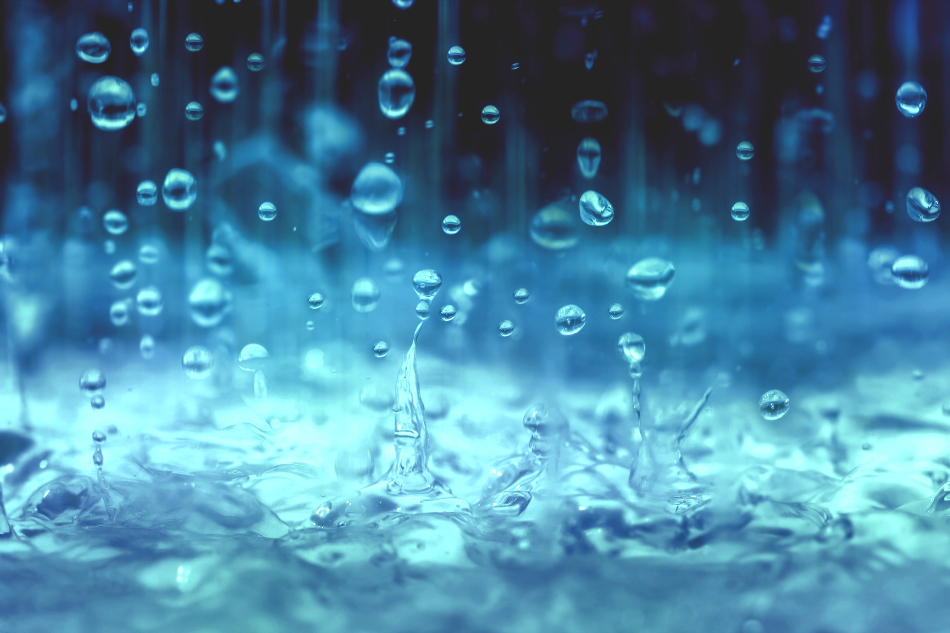
Cozine / Shutterstock
Global climate change is considered to be a defining issue. As the occurrence of extreme weather conditions, such as extensive drought periods and devastating hurricanes, continue around the world, researchers have turned to rainwater harvesting as a potential solution.
Impact of Climate Change on Water
As temperatures around the world continue to rise, the water cycle inevitably gets negatively affected. More specifically, warmer temperatures cause a greater amount of water to evaporate from both the land and oceans, thereby causing the atmosphere to retain a greater amount of water than it normally would. This increase in water concentration within the atmosphere accounts for the increased flooding and runoff that has been seen in certain areas of the world, whereas other areas will instead experience much less precipitation than what is needed. This ultimately leads to an increase in the droughts and storm track shifts in these regions. It is estimated that for every 1 °F increase in temperature, 4% more water will be evaporated.
What is Rainwater Harvesting?
Rainwater harvesting is defined as the process by which rain is collected and stored for future use. This historical water-conservation technique has been utilized for a variety of purposes ranging from watering plants and cooking to flushing toilets and showering. Due to the fact that temperatures continue to rise around the world, rainwater harvesting techniques have emerged as promising methods by which citizens can attempt to mitigate the effects of global warming.
The harvesting of rainwater can be achieved through both large-scale and small-scale solutions. For example, a small-scale solution that can be used to harvest rainwater can be as simple as placing a large barrel or cistern beneath the gutter of a home, obtaining the collected rainwater and then using the water for potable or non-potable purposes.
While such small-scale rainwater harvesting techniques can provide families and smaller groups of individuals with the water needed to bathe, cook, drink and irrigate plants, larger harvesting systems can be useful for ways in which communities can relieve urban water supply and drainage pressures. For example, some rainwater harvesting systems used in Samarang, Indonesia are based on a water tank design, in which gravity allows the water to flow into the system, thereby eliminating the need to utilize electricity for pumping. The collected water can then be used immediately or stored for future use during this region’s dry season. Another type of rain harvesting system can be based on an absorption well design, in which rainwater is collected and directly funneled into the ground for future acquisition.
Rainwater Harvesting and Storm Management
In addition to exacerbating the evaporation of water in certain areas of the world, climate change has also been shown to cause extreme precipitation events. The effects of these extreme weather events can result in massive costs for the affected areas in terms of casualties, destroyed infrastructure, and economic damage. In fact, since 1980, each of the hurricanes that have hit the United States has resulted in a cumulative cost of $870.2 billion USD. Hurricanes, therefore, represent this nation’s most economically costly type of climate disaster.
A variety of stormwater management strategies that have been based on rainwater harvesting systems have been developed in an effort to reduce the volumes and peaks of urban runoff following these types of extreme weather events. These systems, which have been developed through a number of national stormwater management strategies including the Sustainable Drainage System (SuDS) and the Water Sensitive Urban Design (WSUD), are also beneficial tools that urban cities have used to reduce the pressure that extreme storms have had on their drainage systems. This also mitigates any environmental impacts that these large bodies of water could have upon entrance into these areas.
Conclusion
The utilization of rainwater techniques can provide immediate assistance for both local and federal purposes. In order to improve the efficiency and reliability of rainwater harvesting systems, the system dimensions, of which include its storage capacity and catchment area, must be carefully engineered according to the location’s specific water demands. Furthermore, these system developers should also incorporate accurate weather prediction models into their rainwater harvesting systems, since future climate change impacts could undoubtedly alter the water savings and performances of these systems. Rainwater harvesting techniques, in addition to many other solutions that must be implemented on both a local and federal level, have the ability to significantly diminish the effects of climate change for a better tomorrow.
Sources
Disclaimer: The views expressed here are those of the author expressed in their private capacity and do not necessarily represent the views of AZoM.com Limited T/A AZoNetwork the owner and operator of this website. This disclaimer forms part of the Terms and conditions of use of this website.